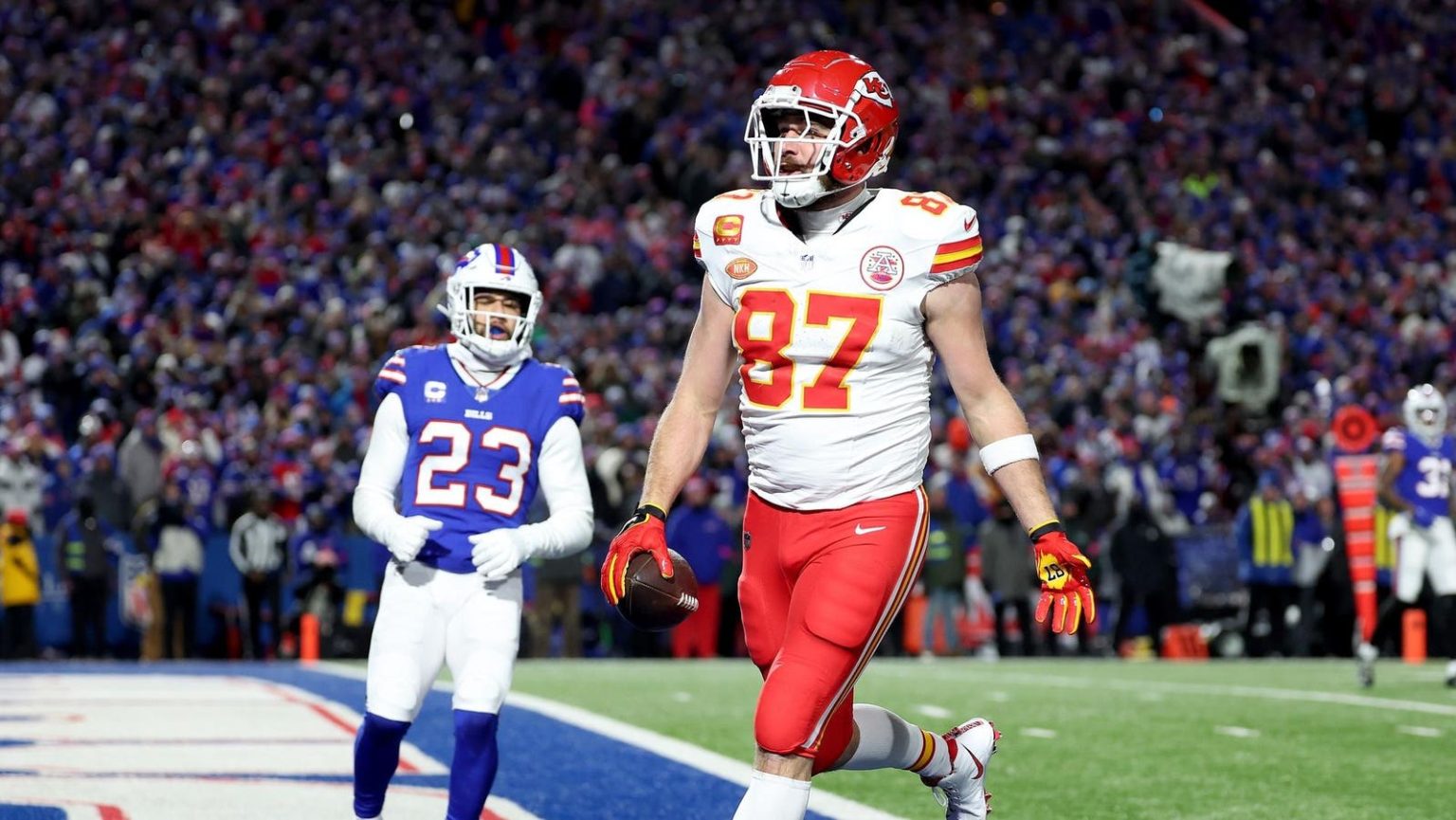The Soaring Cost of NFL Fandom: How Watching Every Game in 2025 Will Cost Fans Over $750
As the 2025 NFL season prepares to kick off with the highly anticipated Eagles-Cowboys rivalry match on NBC next Thursday, football fans across America are facing an increasingly fragmented and expensive viewing landscape. What was once a relatively straightforward experience of watching games on a handful of broadcast networks has evolved into a complex patchwork of subscriptions spanning nine different channels and streaming platforms. For the dedicated fan wanting to catch every single one of the 272 regular season games, the financial commitment now exceeds $750 in subscription costs alone—a stark reminder of how the business of sports broadcasting has fundamentally changed in the streaming era.
The basic foundation of NFL viewing remains the traditional broadcast networks—ABC, CBS, Fox, and NBC—which will collectively air at least 218 regular season games. While this might seem like good news for cord-cutters who can access these channels for free with an antenna, the reality is more complicated. Local TV broadcasts only show a limited selection of games in each market during the Sunday afternoon timeslots, leaving fans who want to follow teams outside their region with no choice but to pursue additional services. The most comprehensive solution is YouTube TV’s Sunday Ticket package, which costs $378 for returning subscribers ($276 for new users), plus YouTube TV’s base subscription at $83 monthly for returning subscribers ($50 monthly for new users). This combination alone represents a significant investment but only solves part of the viewing puzzle.
The fragmentation continues with Thursday Night Football now streaming exclusively on Amazon Prime Video ($9 monthly), while this year Netflix enters the NFL broadcasting arena with two Christmas Day games ($8 monthly minimum). Monday Night Football presents its own challenges, with some games airing exclusively on ESPN—requiring either a cable package, YouTube TV, ESPN Unlimited ($30 monthly), ESPN+ ($12 monthly), or the Disney+/Hulu/ESPN bundle ($30 monthly for the first year, then $36). The league’s international expansion adds another layer of complexity: six of the seven international games in Ireland, London, Germany, and Spain will air on NFL Network or require NFL+ ($7 monthly). Additionally, one yet-to-be-announced week 17 game will stream exclusively on Peacock ($11 monthly), while the season’s opening Friday night game between the Chiefs and Chargers in Brazil represents a first for the league—streaming free on YouTube.
This proliferation of platforms reflects the NFL’s aggressive strategy to maximize revenue through broadcasting rights deals worth over $110 billion across 11 seasons. Each partnership represents a significant financial commitment from media companies: ESPN pays approximately $2.7 billion annually for 25 games and two future Super Bowls, Amazon invests around $1 billion yearly for Thursday Night Football rights, and Netflix reportedly committed $150 million for three years of Christmas Day games. These massive deals have transformed the economics of sports broadcasting, with streaming giants willing to pay premium prices to secure live sports content that still reliably attracts large, engaged audiences in an otherwise fragmented media landscape.
The financial burden on fans has grown proportionally with these lucrative deals. For the estimated 50% of Americans who have abandoned traditional cable or satellite services, watching every NFL game now requires a minimum investment of $765 per season—not including the additional taxes and fees that can add up to 10% in some states. This growing expense raises important questions about accessibility and inclusivity in sports fandom. While the NFL and its broadcasting partners reap the benefits of these exclusive distribution arrangements, ordinary fans are left juggling multiple subscriptions and higher costs just to follow the sport they love.
The NFL’s distribution across ten different platforms (Netflix, Prime Video, NBC, YouTube, Fox, CBS, ABC, ESPN, NFL Network, and Peacock) exemplifies both the opportunities and challenges of the modern sports media landscape. For the league, this diversification represents unprecedented revenue and expanded reach into new audience segments. For broadcasting partners, exclusive NFL content provides a powerful weapon in the fierce competition for subscribers. But for fans, particularly those with modest incomes or who follow multiple teams, this fragmentation creates a frustrating and expensive viewing experience that threatens to erode the accessibility that once made the NFL America’s most popular sport. As the 2025 season unfolds, this tension between maximizing revenue and maintaining broad accessibility will continue to shape not just how we watch football, but our fundamental relationship with the game itself.


